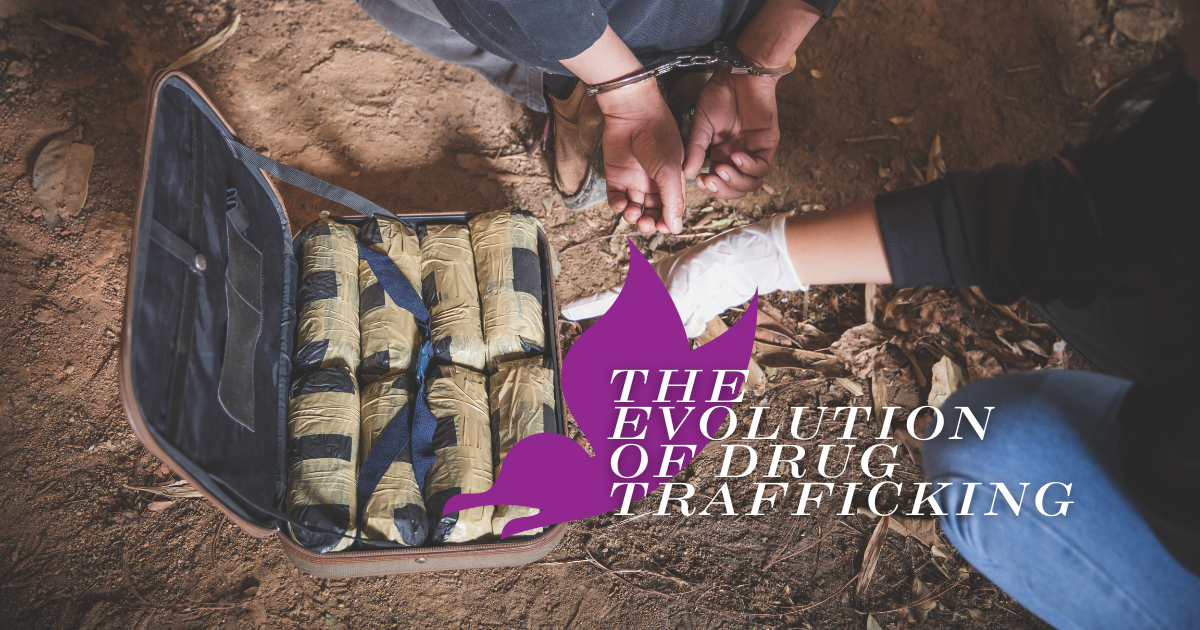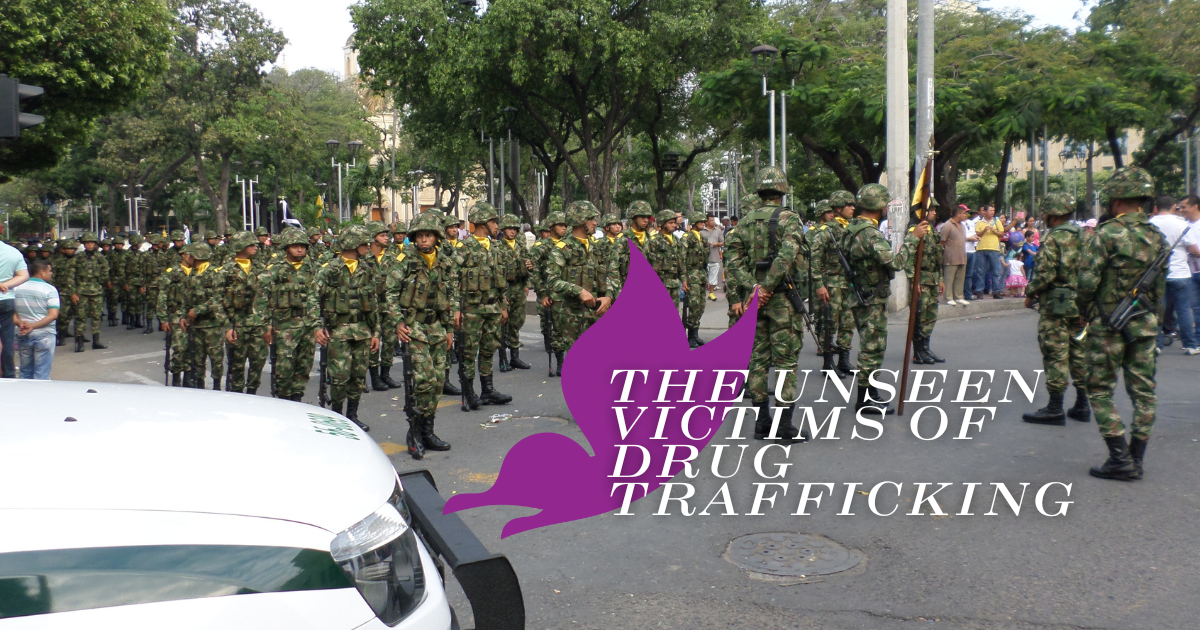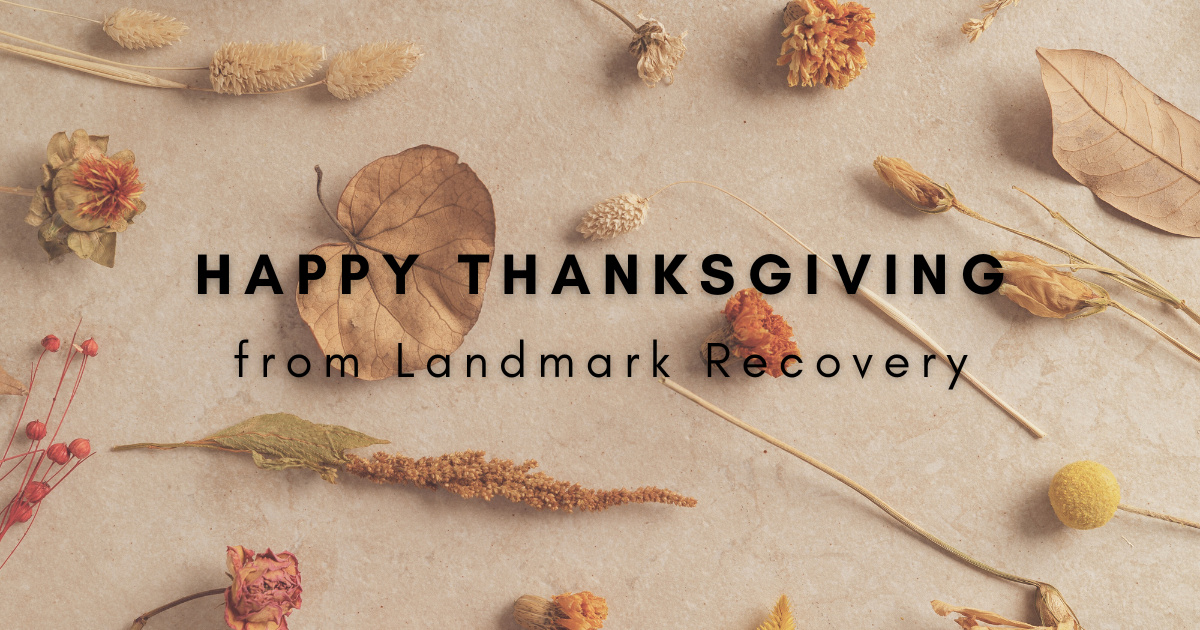Welcome to a special edition of the Landmark Recovery blog. Today, we feature a guest post by Bill Loucks, a seasoned investigator and expert in the field of law enforcement. Bill Loucks, with his extensive experience in gang and narcotics investigation, offers a unique and informed perspective on the intricacies of drug trafficking. In this post, he delves into the evolving tactics and techniques of drug trafficking, providing crucial insights for understanding the challenges in the realm of recovery. Join us as we explore these complexities through an expert’s eyes.
Evolution of Drug Trafficking: Tactics and Techniques
The movement of controlled substances from cartels (the drug source of supply) to the end user has been evolving daily since the 1970s. The bulk of finished product-controlled substances originates in North, South, or Central America, where the drugs undergo processing and control.
In the late 1970s, cartel pioneers envisioned moving their controlled substances into the United States using new routes and methods. Even then, the U.S. market for drugs, fueled by addictions and partying, generated billions in profits for the cartels. The shipments still couldn’t keep up with U.S. demand.
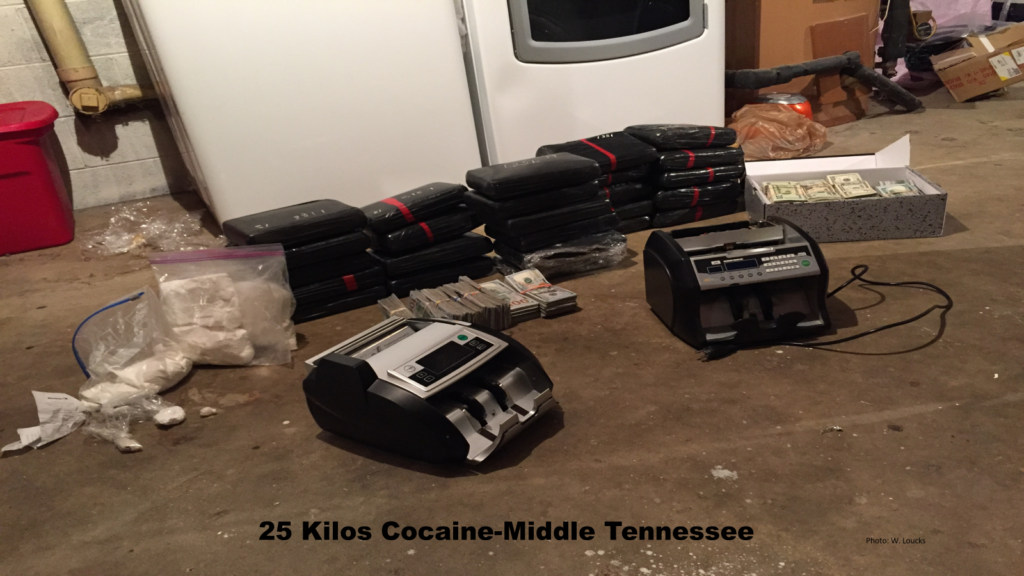
25 kilos of cocaine seized in a Middle Tennessee raid, courtesy of Bill Loucks
Pablo Escobar’s Impact On North American Drug Trafficking
Twice a week, Escobar’s pilots would fly to Colombia to pick up anywhere from 300 to 500 kilograms of cocaine destined for the Bahamas. This made the Bahamas a final stopping point for the drugs before their smuggling into the U.S. At that time, the Bahamas were not on the Drug Enforcement Administration’s drug surveillance radar.
Weekly, Escobar’s associates would fly his Cessna planes out of the Bahamas at very low altitudes to parachute drop the large cocaine and marijuana loads into international waters. Fast boats then scooped up the loads, bringing the drug shipments into Miami. At the height of this new smuggling trend, estimates suggested that Escobar successfully delivered 2 tons of cocaine into Southern Florida every week.
Fast forward 40 years. The Gulf and Cartel Jalisco New Generation cartels began new tactics by enlisting Mennonite communities to move drugs into the U.S. via both the northern and southern borders. Since the late 1980s, Mennonites have been moving drugs hidden in furniture, cheese, tires, etc., for the cartels. They also move money back south into Mexico. The concept of using Mennonites is simple: How likely is a van load of Mennonites, which can appear to be Amish to some, going to get stopped and searched at the border versus others that fit a criminal trafficker’s profile?
Ships Used In Drug Trafficking
In the early 2000s, cartels began sending bulk portions of their drugs on ships. This strategy moved portions of the drugs away from the known entry points into the U.S. via California, Arizona, New Mexico, and Texas, reducing some anticipated losses from law enforcement seizures from the already known border routes.
The ships would go through normal routes that transport items like fruits and vegetables from Chile, Colombia, and Peru. Drugs, often in ton quantities, would then be loaded onto the same ships while moving in open waters via crew members working alongside the cartels. The crews would break into the already loaded shipping containers and place the drugs inside, replacing the original seals with counterfeit ones.
The ships then make stopovers at ports in the Bahamas, Philadelphia, PA, Wilmington and Morehead City, NC, Newark, NJ, Savannah, GA, Charleston, SC, Norfolk and Newport News, VA, Boston Harbor, MA, Jacksonville, FL, Portland, ME, Baltimore City, MD, and other ports on both the east and west coasts. Thousands of containers with drugs then get offloaded in the U.S. ports. Other portions are bound for Europe by Bulgarian cartels. Statistically, only around 3.5 to 3.7 percent of the more than 11 million shipping containers that enter U.S. ports undergo scanning or inspection.
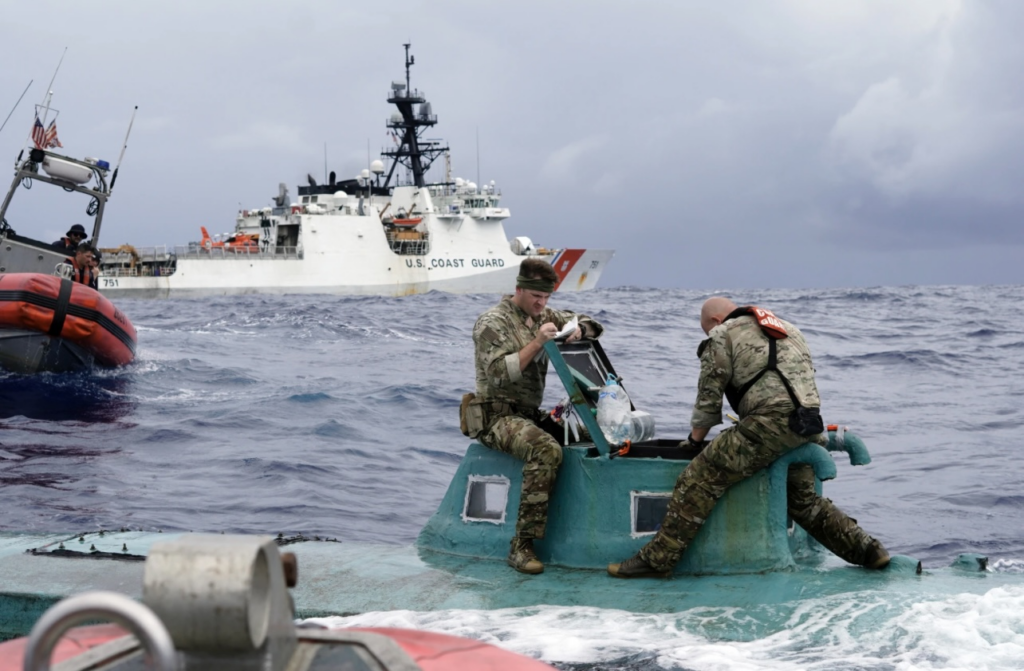
Narco-submarine seized off the coast of the US, courtesy of Bill Loucks
Evolving Tactics
The cartels don’t limit themselves to just ships. In November 2023, a “narco-submarine” was intercepted by the U.S. Coast Guard with more than 5,500 pounds of cocaine on board. A “narco-submarine” is a submarine used to illegally transport large volumes of drugs, primarily cocaine, undetected underwater across the ocean into the U.S.
The U.S. Coast Guard alone seized more than nine tons of cocaine in November 2023 with just two of their ships. The nine tons came from just six different waterway interdiction seizures. These seizures are happening off the coasts of Mexico, Central, and South America from six different waterborne intercepts.

